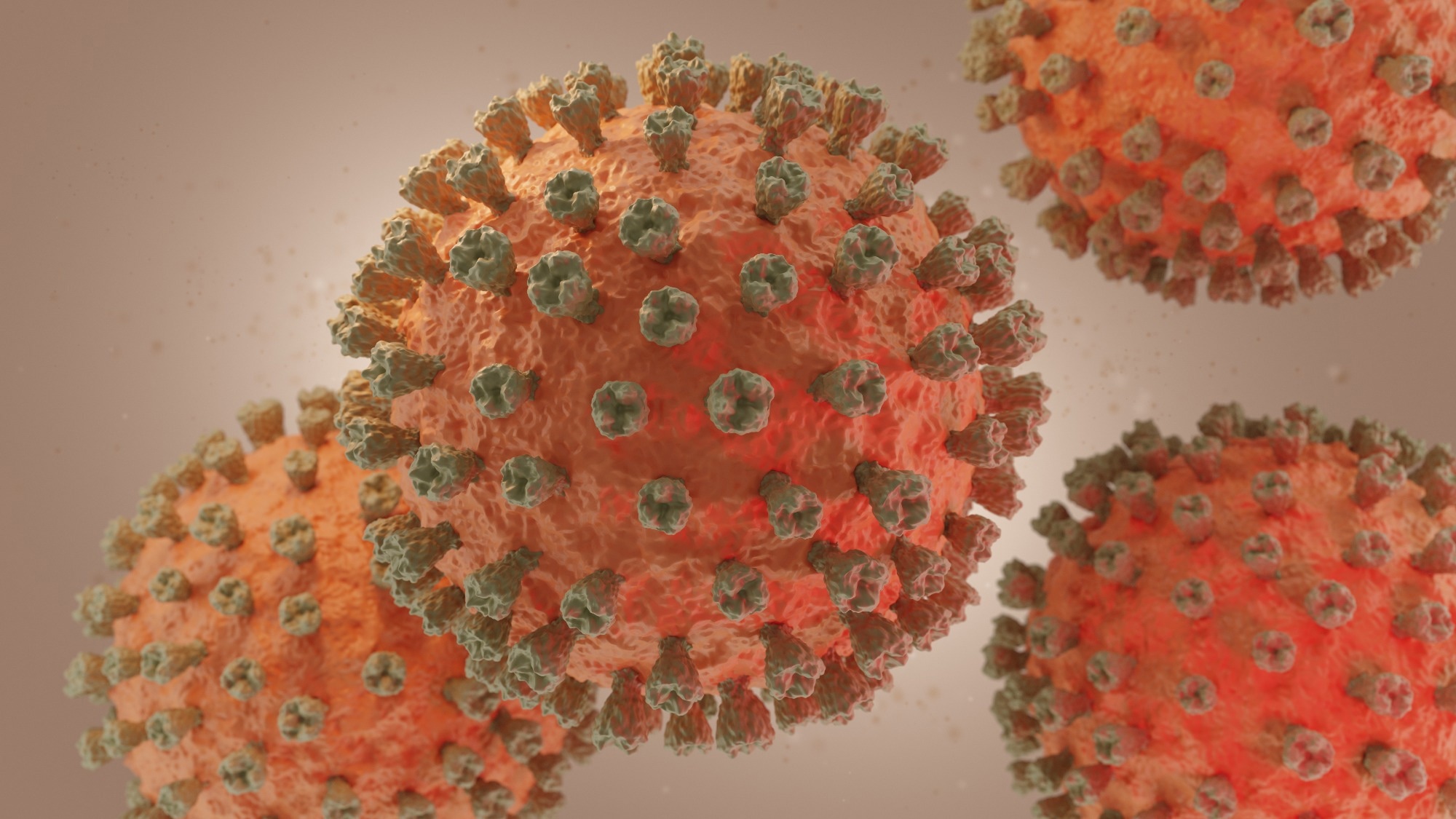In a recent study published in the journal PLOS Pathogens, researchers from the United States of America (US) investigated the resistance profile of 4’-fluorouridine (4’-FlU) against an avian influenza pandemic A/CA/07/2009 (H1N1, short for hemagglutinin 1 neuraminidase 1) (CA09).
 Study: Influenza A virus resistance to 4’-fluorouridine coincides with viral attenuation in vitro and in vivo. Image Credit: joshimerbin/Shutterstock.com
Study: Influenza A virus resistance to 4’-fluorouridine coincides with viral attenuation in vitro and in vivo. Image Credit: joshimerbin/Shutterstock.com
They found that the molecule could overcome resistance in six identified escape lineages of the virus in vitro and showed promising results in mice and ferret models.
Background
Seasonal influenza viruses significantly impact public health and the economy. Every year, around one billion people worldwide get infected with the virus, and millions require hospitalization and advanced medical care. In interpandemic years, more than 600,000 people die from the disease. When zoonotic influenza viruses spill over into the human population, they can cause large-scale pandemics with even higher case fatalities. Existing influenza vaccines offer moderate protection, but efficacy diminishes in vulnerable populations and during poorly matched or pandemic virus strains.
Food and Drugs Administration (FDA)-approved antivirals, including adamantes, neuraminidase inhibitors, and baloxavir marboxil, face challenges with low genetic barriers to viral resistance.
Several antiviral resistance challenges persist, including adamantes' widespread M2 S31N mutation, neuraminidase inhibitors' rapid emergence of resistance, baloxavir marboxil's swift treatment-emergent resistance, and uncertainties surrounding favipiravir's clinical impact, despite a high resistance barrier.
In previous studies, 4’-FlU, a broad-spectrum nucleoside analog, was found to be effective against various ribonucleic acid (RNA) viruses, including beta-coronaviruses, respiratory syncytial virus (RSV), and avian influenza viruses, and displayed broad-spectrum activity and a wide therapeutic time window.
In the present study, researchers explored the therapeutic potential of 4’-FlU via resistance profiling and assessment of the pathogenesis and fitness of resistant recombinants in vitro and in vivo.
About the study
The study involved the gradual adaptation of recombinant virus CA09 (recCA09) to 4’-FlU through dose-escalation serial passaging in vitro in six independent lineages. Progeny virus titers were determined at each passage, and whole genome sequencing was conducted on 4’-FlU-experienced virus populations and dimethyl sulfoxide (DMSO)-treated control populations to identify allele-dominant mutations in RNA-dependent RNA polymerase (RdRp).
The mutations were localized using structural models. The process aimed to assess the development of resistance and understand the genetic changes associated with tolerance to 4’-FlU. Dose-response assays were conducted against recCA09 to determine inhibitory concentrations (EC50 and EC90) of 4’-FIU.
To assess the resistance profile of 4'-FlU against influenza viruses, in vitro and in vivo models, including cells, mice, and ferrets, were employed. In addition, in silico modeling was used for mechanistic characterization. The virus was intranasally inoculated.
The viral load was periodically monitored in nasal lavages (of ferrets) and respiratory tissues of mice and ferrets, extracted 4 or 8 days after infection. Statistical analysis involved the use of Student's t-test and analysis of variance (ANOVA) to compare parameters between the groups.
Results and discussion
The EC50 and EC90 of 4’-FIU were found to be 0.14 and 0.24 μM respectively. During the in vitro adaptation of the virus to 4’-FlU six independent escape lineages with distinct mutations in the recCA09 background were generated. A 2–25-fold increase was observed in EC99 concentrations of 4’-FlU against the different lineages, confirming moderate resistance.
No combinations of mutations conferring moderate resistance to 4’-FlU were found in available complete influenza A virus (IAV) genome sequences. The mutations' low individual frequency validated 4’-FIU’s efficacy against circulating human and avian IAVs.
The researchers could identify specific residues crucial for shaping the central cavity of the RdRP as key determinants in moderately reducing polymerase susceptibility to 4’-FlU inhibition. Additionally, they suggest that a substantial genetic barrier may hinder the emergence of more robust resistance.
Escape was found to arise from individual, additive or synergistic mutations. All the variants showed impaired fitness and attenuation in cell culture and mice models. Although the resistant variants remained pathogenic in the mice, their moderate resistance to 4’-FlU could be overcome pharmacologically in vivo.
Oral administration of 4’-FlU at either the lowest (2 mg/kg) or elevated (10 mg/kg) dose was found to effectively overcome resistance, as indicated by the survival of the mice. The positive effect of 4’-FIU was also evidenced by reduced clinical signs and lower tissue virus burden.
Even for variants with the most robust resistance or residual pathogenicity, their transmission is compromised and/or easily controlled by the standard dose of 4’-FlU. In the ferret model, the 4’-FlU-treated variants (representing four adaptation lineages) showed impaired invasion of the lower respiratory tract, rendering them either transmission-incompetent or blocking their spread to untreated sentinels.
The study's limitations include uncertainty about whether the observed 4’-FlU resistance profile, determined in various experimental systems, equally applies to the human host.
Conclusion
In conclusion, the present study elucidates mechanisms diminishing the susceptibility of the IAV polymerase complex to 4’-FIU. In mice and ferret models, it is shown that while escape from 4’-FlU is possible, it is associated with viral attenuation and diminished transmission competence.
Thus, 4’-FlU-resistant virus populations are found incapable of attaining clinical significance or enduring in circulation in real-world scenarios, highlighting the compound's sustained therapeutic potential. In the future, studies exploring the potential human application and dose levels of 4’-FIU could be conducted.